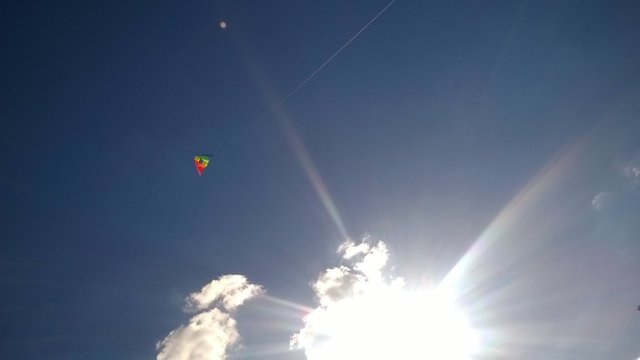10 gardening tips for July

Fertilize berry bushes:
Once the berry bushes have been harvested, they are spoiled with a light fertilizer: either 20 grams / square meter of complete fertilizer, or 1.5 liters / square meter of compost - optionally berry fertilizer according to the manufacturer. It is best to give more potassium than nitrogen, for better maturation of the wood fabric. Do not fertilize after the end of July so that the shrubs do not continue to grow until autumn.
Plant strawberries:
If strawberry bushes have a yield of two, three years, then they are replaced by vigorous young plants. Before planting from the end of July, the bed soil is slightly acidified by raking in plenty of peat or bark humus. The variety selection is best based on strawberry varieties bred explicitly for the home garden. These are better suited for snack and kitchen gardens than the strawberry varieties often offered for sale in the field.
To increase the vegetable garden:
At the beginning of the second half of the gardening season, lettuce, endive salad, kohlrabi, early varieties of bush beans and carrots can now be sown in July. They then thrive for the harvest in about September.
Watering Evergreen:
When July is hot and rain-poor, evergreens are grateful for weekly irrigation. This is especially true for the drought-sensitive moor bed plants, such as rhododendron, blueberry and goblet. A penetrating irrigation for these plants means the amount of water from ten to 15 liters, per square meter.
Harvest lavender flowers:
July is lavender month. As soon as the first buds open at the bottom of the inflorescence, they are ready for harvest. The whole flower stalks are cut off. Only after arranging in the bouquet, they are cut to length. Lavender bouquets scented bathrooms, living rooms and linen closets. Lavender blossoms flavor white icing sugar and enrich the creative kitchen - from baking all sorts of pastries to seasoning pork roast.
Manipulate phloxes:
Those who cultivate numerous phloxes in the garden can not only prolong their total flowering time with a suitable selection of early or later flowering varieties. If one cuts the not budding shoots of the perennial back slightly, it forces the plant around new shoot - and thus to later flowering.
Cutting back spur spurs:
Anyone who cuts back their inflorescences to the ground after the efflorescence of the lark spurs, thus encourages a re-flowering in September. After the pruning, the perennials "feed" one liter of compost per square meter.
Supply onions:
Onions in the middle of July have reached their variety-dependent final size and coloration. In order to be ready for harvesting, you now bend your tube leaves horizontally. Then the foliage begins to move in. When it has turned completely yellow, remove the onions from the bed and dry them for a few days on a dry surface in the sun (for example on the plates of a garden path), stored airily and with occasional turning. Then clean the onions and store dry, dark and cool.
Cutting gooseberries:
The summer cut of gooseberry bushes is best done at harvest time. Therefore, to loosen up the shrub or the stem crown simply cut out the oldest shoots including ripe fruits. Thus, the gooseberry becomes more airy, it creates buds for new fruit shoots and it can be the branches quickly and easily with much less unpleasant Fingerpieksen pick.
To elicit willow blossoms:
Fragrant garden vetches in all their colors, are among the most unique summer flowers ever. Where they now climb on everything that can be risen, they can be tricked out to get even more flowers out of them: simply harvest as many flower stalks as possible and do not leave the leaves in seed after blooming. So the vetch blooms all the more zealously.
Awesome tips! This makes me want to get outside and do stuff but it's rainy.
Downvoting a post can decrease pending rewards and make it less visible. Common reasons:
Submit